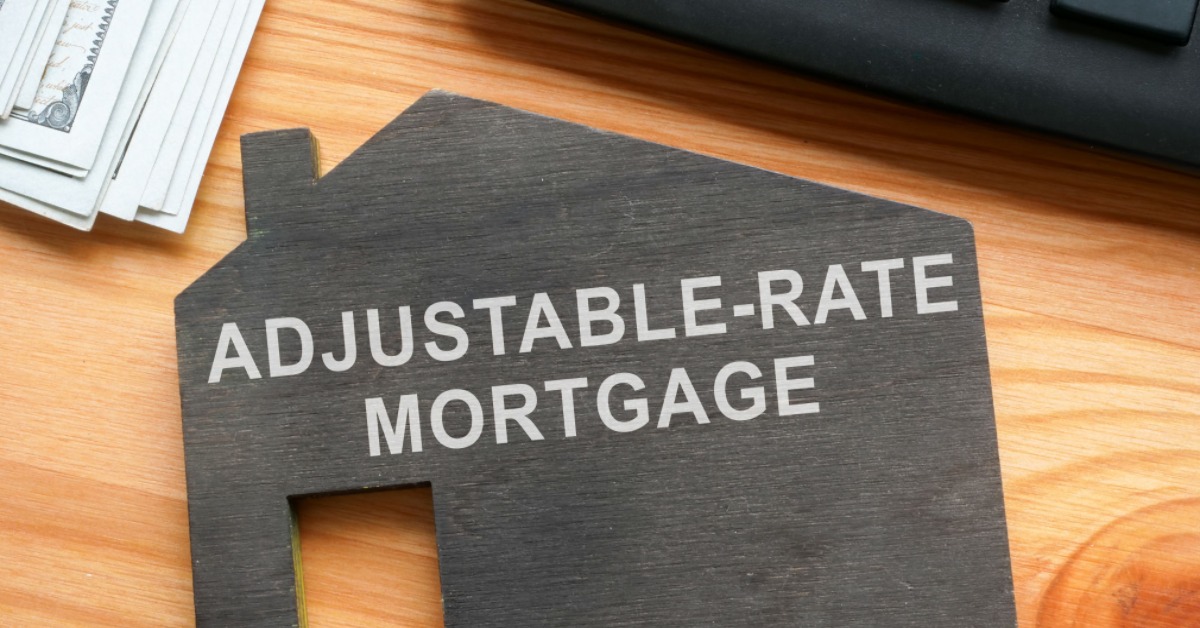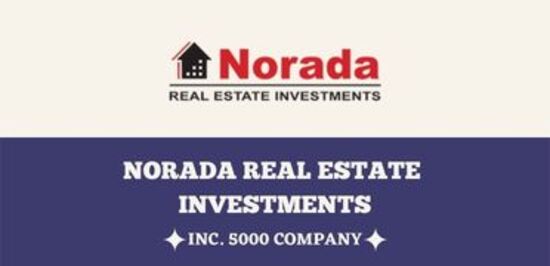If you're considering buying a home, you're probably keeping a close eye on mortgage rates. According to Zillow, as of today, July 12, 2025, the national average for a 5-year Adjustable Rate Mortgage (ARM) has climbed to 7.89%. Understanding what this means for you is crucial, and I'm here to break it down.
Today’s Mortgage Rates: 5-Year Adjustable Rate Hits 7.89% – July 12, 2025
What's Happening with Mortgage Rates?
Let's take a step back and see the bigger picture. While the 5-year ARM increased slightly to 7.89%, it's just one piece of a larger puzzle. Here's how other key mortgage rates are trending:
- 30-Year Fixed Rate: 6.87% (up from 6.77% last week)
- 15-Year Fixed Rate: 5.90% (up from 5.89% last week)
You can see that most rates are creeping upwards. This movement reflects broader economic factors at play, which I'll touch upon in the next section.
Why Are Rates Moving? The Fed's Role and Economic Crosscurrents
The Federal Reserve's actions are a major influence on mortgage rates. Currently, even though the Fed cut rates three times in late 2024 (reducing the federal funds rate to a target range of 4.25%-4.5%), the effects on mortgage rates are complex.
Here's a breakdown of what's influencing the Fed's decisions and, therefore, mortgage rates:
- Inflation Outlook: The Fed is carefully monitoring how tariffs are impacting inflation. While they see it as a temporary shock, it complicates the timing of future rate cuts.
- Economic Slowdown: GDP growth is projected to be 1.4% for 2025, down from 1.7%. A weaker economy might push the Fed to cut rates sooner rather than later.
- The Dot Plot: The “dot plot” indicates the possibility of the federal funds rate falling to 3.9% by year-end 2025, with further cuts in 2026–2027
While future rate cuts are anticipated, the exact timing is uncertain as certain policymakers are divided on the issue.
Understanding Adjustable Rate Mortgages (ARMs)
Before diving deeper into the implications of the 5-year ARM rate, it's good to know what exactly an ARM loan is. Unlike fixed-rate mortgages where your interest rate stays the same for the life of the loan, ARMs have an interest rate that adjusts periodically.
A 5-year ARM means the initial interest rate is fixed for the first five years. After that, the rate adjusts annually based on a pre-determined index plus a margin. The margin is a fixed number set by the lender, while the index is a benchmark rate that fluctuates with market conditions.
The Pros and Cons of a 5-Year ARM
Here's where you need to think carefully about your personal circumstances. ARMs can be a good choice for some, but not for everyone.
Pros:
- Lower Initial Rate: ARMs typically start with a lower interest rate than fixed-rate mortgages. This can translate to lower monthly payments in the first few years.
- Potential Savings: If interest rates fall during the adjustment period, your ARM rate could decrease, leading to even lower payments.
- Short-Term Ownership: If you plan to sell your home within the first five years, the adjustable rate might not even come into play.
Cons:
- Rate Uncertainty: After the initial fixed period, your interest rate can fluctuate, potentially leading to higher monthly payments.
- Interest Rate Risk: If interest rates rise significantly, your mortgage payments could increase substantially. This can strain your budget.
- Complexity: understanding the index, margin and calculation can be complex.
5-Year ARM vs. 30-Year Fixed: Which Is Right for You?
This is the million-dollar question! I've always advised clients to carefully weigh the pros and cons of each option based on their unique situation. To help you think it through, let's compare the two side-by-side:
| Feature | 30-Year Fixed Rate Mortgage | 5-Year Adjustable Rate Mortgage (ARM) |
|---|---|---|
| Interest Rate | Fixed for the life of the loan | Fixed for 5 years, then adjusts annually |
| Payment Stability | Highly Stable | Uncertain – Can fluctuate after the initial fixed period |
| Best For | Those who want predictability and long-term security | Those who plan to sell or refinance within 5 years, or who believe rates will fall |
| Risk Level | Low | Moderate to High |
The Current ARM Landscape (July 12, 2025): Is It a Good Time?
Given the current economic climate and the rising 5-year ARM rate of 7.89%, it's imperative to consider what to do.
Here's my take:
- Assess Your Risk Tolerance: Are you comfortable with the possibility of your mortgage rate increasing after five years? If not, a fixed-rate mortgage might be a better fit.
- Consider Your Time Horizon: How long do you plan to stay in the home? If it's less than five years, an ARM could be advantageous, but still not without some risk depending on how interest rates shift at the time.
- Factor in Future Rate Cut Expectations: The Fed is expected to cut rates in the future, and so if you are planning to stay in your home for more than 5 years, the ARM might be a good option.
- Shop Around: Just like with any mortgage, getting quotes from multiple lenders is crucial. Different lenders will offer different margins and loan terms.
Recommended Read:
5-Year Adjustable Rate Mortgage Update for July 9, 2025
Fixed vs. Adjustable Rate Mortgage in 2025: Which is Best for You
Other Mortgage Options: A Quick Overview
It's worth remembering that the 5-year ARM and 30-year fixed-rate mortgage aren't your only choices. Here's a quick look at some other options:
- 15-Year Fixed Rate: Offers a shorter repayment term and lower interest rates than a 30-year fixed, but higher monthly payments.
- 7-Year ARM: Similar to a 5-year ARM, but with a seven-year fixed-rate period.
- Government Loans: FHA and VA loans can provide more lenient credit requirements and lower down payments, but often come with stricter eligibility criteria. Other Type of Loans and Their trends
| Type of Loan | Rate |
|---|---|
| 30-Year Fixed Rate FHA | 7.13% |
| 30-Year Fixed Rate VA | 6.36% |
| 15-Year Fixed Rate FHA | 5.33% |
| 15-Year Fixed Rate VA | 5.90% |
| 30-Year Fixed Rate Jumbo | 7.30% |
| 15-Year Fixed Rate Jumbo | 6.77% |
| 7-year ARM Jumbo | 7.53% |
| 5-year ARM Jumbo | 7.35% |
My Advice: Talk to a Mortgage Professional
Navigating the world of mortgages can be overwhelming. That's why I always recommend consulting with a qualified mortgage professional. They can analyze your specific financial situation, help you understand your options, and guide you towards the best loan for your needs. They can help you understand all your options and choose the mortgage that aligns with your needs and goals.
Final Thoughts: The rise of the 5-year ARM rate to 7.89% is a reminder that mortgage rates are constantly in flux. Understanding the factors that influence these rates and carefully weighing your options is essential before taking the plunge into homeownership. By staying informed and seeking professional guidance, you can make a confident and financially sound decision.
Capitalize on ARM Rates Before They Rise Even Higher
With fluctuating adjustable-rate mortgages (ARMs), savvy investors are exploring flexible financing options to maximize returns.
Norada offers a curated selection of ready-to-rent properties in top markets, helping you capitalize on current mortgage trends and build long-term wealth.
HOT NEW LISTINGS JUST ADDED!
Connect with an investment counselor today (No Obligation):
(800) 611-3060
Also Read:
- Will Mortgage Rates Go Down in 2025: Morgan Stanley's Forecast
- Expect High Mortgage Rates Until 2026: Fannie Mae's 2-Year Forecast
- Mortgage Rate Predictions 2025 from 4 Leading Housing Experts
- Mortgage Rates Forecast for the Next 3 Years: 2025 to 2027
- Will Mortgage Rates Ever Be 3% Again in the Future?
- Mortgage Rates Predictions for Next 2 Years
- Mortgage Rate Predictions for Next 5 Years
- Mortgage Rate Predictions: Why 2% and 3% Rates are Out of Reach
- How Lower Mortgage Rates Can Save You Thousands?
- How to Get a Low Mortgage Interest Rate?
- Will Mortgage Rates Ever Be 4% Again?



